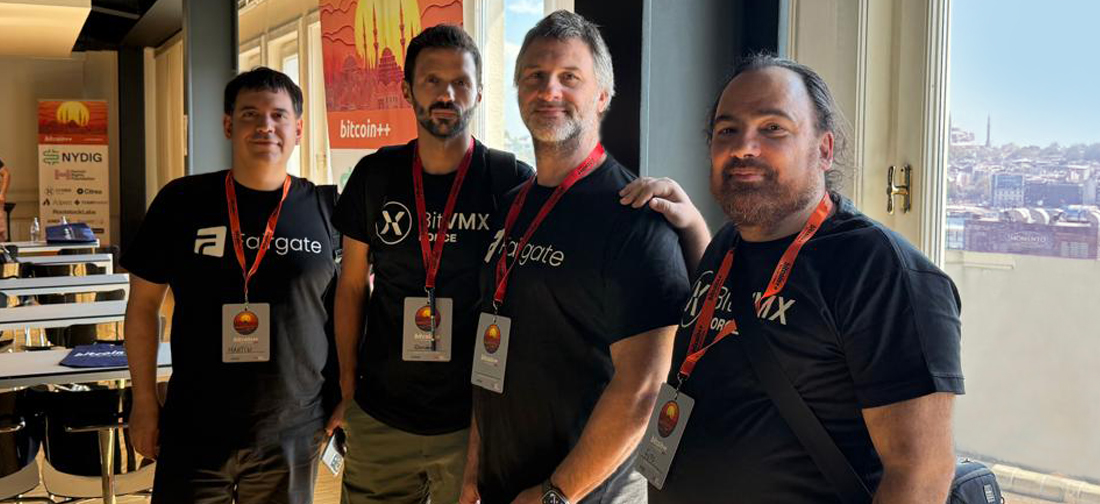BitVMX FORCE at btc++ Istanbul: Expanding on Bitcoin’s Scaling Capabilities

Expanding What’s Possible on Bitcoin
At this year’s edition of btc++ in Istanbul, Fairgate, on behalf of BitVMX FORCE, presented three technical sessions focused on the evolving architecture of Bitcoin-native computation. Through these talks, contributors to the BitVMX ecosystem shared recent advancements, design insights, and experimental directions that expand the boundaries of what’s possible to build on Bitcoin without changes to its consensus.
Building Advanced Bitcoin Protocols with BitVMX
This session, presented by Martin Jonas, BitVMX Principal Engineer at Fairgate, at the main stage on Wednesday, September 3rd, examined the building blocks BitVMX offers for constructing complex, disputable computing systems on Bitcoin.

Martin outlined the core components of the BitVMX platform and explored how these pieces can be composed to design secure, expressive, and verifiable applications. In addition to architectural insights, the talk reflected on lessons learned during the development of real-world protocols that leverage these techniques, shedding light on practical implementation challenges and trade-offs.




Garbled Circuits in Practice: FLEX and WISCH
On Friday, September 5th, the exploration of garbled circuits on Bitcoin was presented in two back-to-back sessions led by Ramsès Fernàndez, Cryptographer, and Ariel Futoransky, CSO, introducing new protocol designs developed by Fairgate.
The first talk, titled “WISCH: An Efficient Data Signing Scheme via Correlated Signatures”, focused on the challenge of data signing costs in disputable computing protocols for Bitcoin. As these systems evolve, signing fees remain a significant portion of total operational costs. Ramsès introduced WISCH, a new data signing scheme for Bitcoin, and showed how it can help reduce those costs and optimize the efficiency of BitVMX, BitVM2, and garbled circuit–based solutions.

The second session, FLEX: Capital-Efficient Fraud-Proofs for Bitcoin Bridges, addressed the long-standing challenge of capital lockup in Bitcoin bridges. In this talk, Ariel introduced FLEX (Fraud Proofs with Lightweight Escrows for eXits), a protocol built using garbled circuits and designed to work within the BitVM ecosystem. FLEX enables on-demand security bonds that are activated only when a dispute arises—reducing capital requirements without compromising trust-minimization.
Bridging Perspectives on BitVM
Later that day, Ariel Futoransky took part of the event’s closing panel “BitVM: Bridging Bitcoin”, where speakers discussed BitVM’x current state and its potential to serve as a foundation for secure, decentralized interoperability. The session brought together key figures in the ecosystem to discuss recent progress, design philosophies, and the path forward for BitVM-based bridges and computation layers.

Looking Ahead
Together, these sessions—and the release of new research—reflected the growing maturity of the BitVMX platform and its role in enabling a new class of Bitcoin-native protocols. Developers, researchers, and builders engaged in trust-minimized infrastructure came away with new insights and tools to explore. The momentum continues in the months ahead, with more updates, protocol work, and community experimentation on the horizon: including a dedicated BitVMX hackathon at BTC++ Berlin. See you there!





